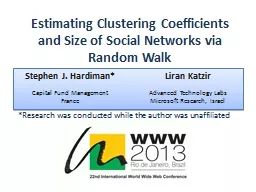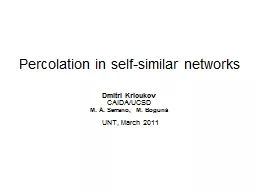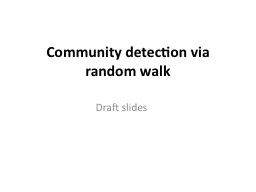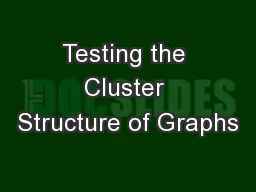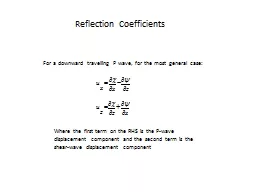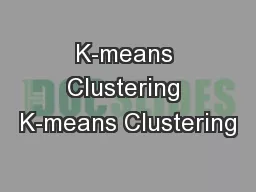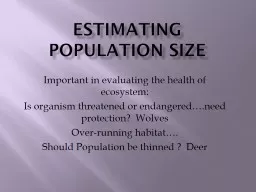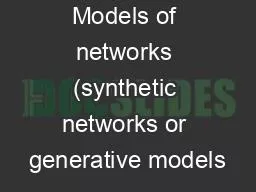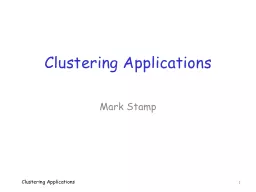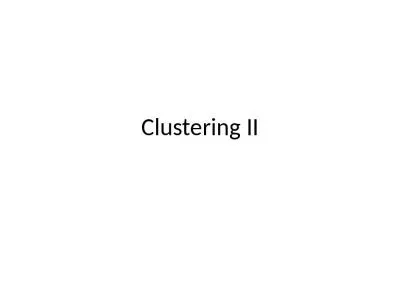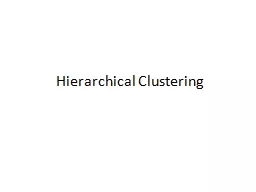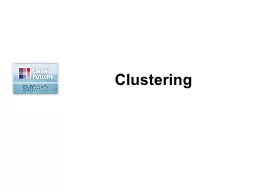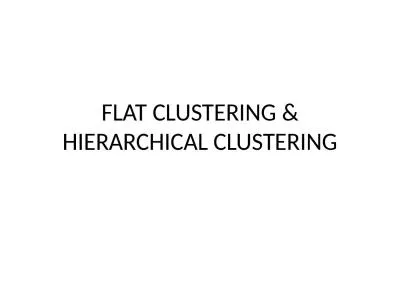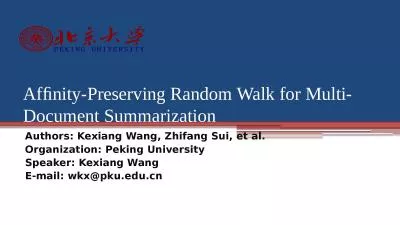PPT-Estimating Clustering Coefficients and Size of Social Networks via Random Walk
Author : leventiser | Published Date : 2020-08-26
Stephen J Hardiman Capital Fund Management France Liran Katzir Advanced Technology Labs Microsoft Research Israel Research was conducted while the author was
Presentation Embed Code
Download Presentation
Download Presentation The PPT/PDF document "Estimating Clustering Coefficients and S..." is the property of its rightful owner. Permission is granted to download and print the materials on this website for personal, non-commercial use only, and to display it on your personal computer provided you do not modify the materials and that you retain all copyright notices contained in the materials. By downloading content from our website, you accept the terms of this agreement.
Estimating Clustering Coefficients and Size of Social Networks via Random Walk: Transcript
Download Rules Of Document
"Estimating Clustering Coefficients and Size of Social Networks via Random Walk"The content belongs to its owner. You may download and print it for personal use, without modification, and keep all copyright notices. By downloading, you agree to these terms.
Related Documents

